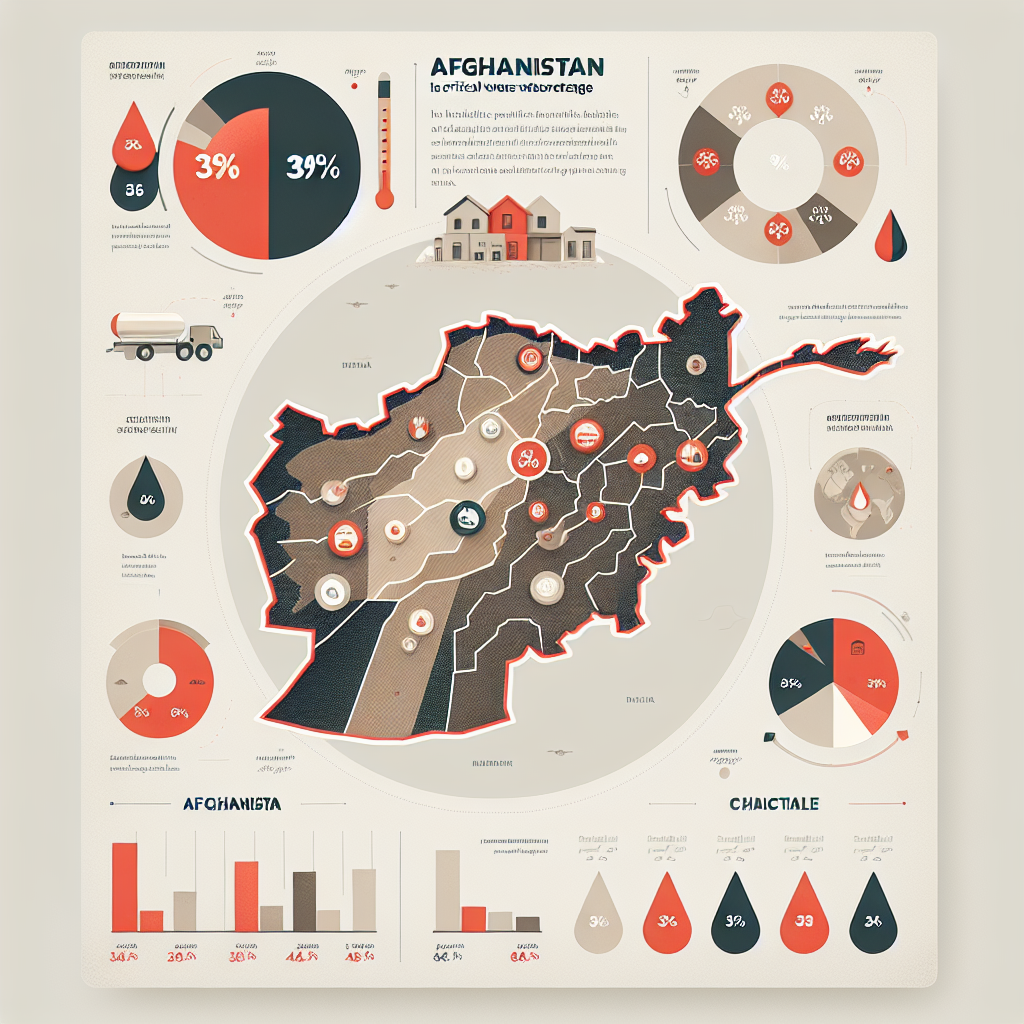39% of Afghan Households Experience Critical Water Shortage: OCHA
Afghanistan Faces Severe Water Crisis: 39% of Households Affected
Introduction
The United Nations Office for the Coordination of Humanitarian Affairs (OCHA) has reported a critical water shortage affecting 39% of Afghan households. This alarming situation underscores the urgent need for humanitarian intervention and sustainable solutions to address the water scarcity in Afghanistan.
Key Findings
- Nearly four out of ten Afghan households are experiencing severe water shortages.
- The crisis is exacerbated by ongoing conflict, climate change, and inadequate infrastructure.
- Rural areas are particularly hard-hit, with limited access to clean and safe water sources.
Contributing Factors
Several factors contribute to the water crisis in Afghanistan:
- Conflict: Prolonged conflict has damaged water infrastructure and hindered maintenance efforts.
- Climate Change: Changing weather patterns have led to reduced rainfall and increased droughts.
- Infrastructure: Lack of investment in water infrastructure has left many areas without reliable access to water.
Impact on Communities
The water shortage has significant implications for Afghan communities:
- Health risks due to lack of clean drinking water.
- Increased burden on women and children who often collect water.
- Negative effects on agriculture and food security.
Response and Solutions
Addressing the water crisis requires a coordinated effort:
- Immediate humanitarian aid to provide clean water and sanitation facilities.
- Long-term investment in water infrastructure and management systems.
- Community-based initiatives to promote water conservation and sustainable practices.
Conclusion
The critical water shortage affecting 39% of Afghan households is a pressing humanitarian issue that demands immediate attention and action. Addressing the root causes and implementing sustainable solutions are essential to improving the lives of those affected and ensuring a stable future for Afghanistan.






